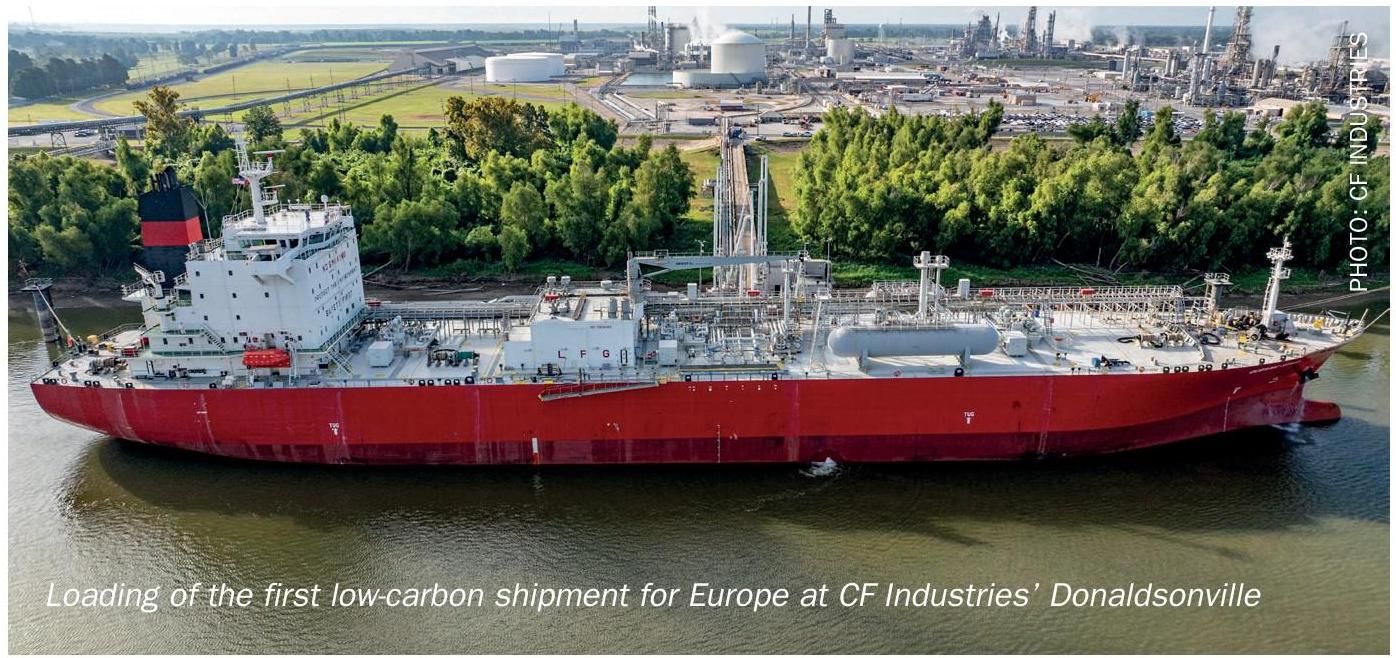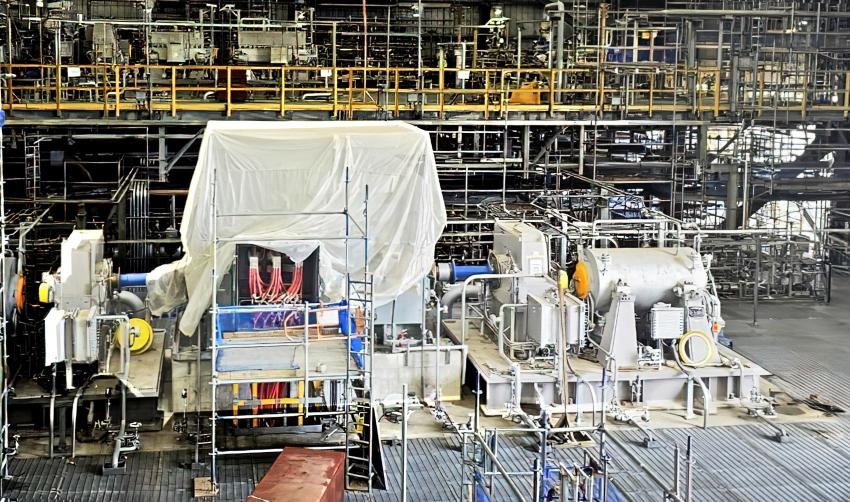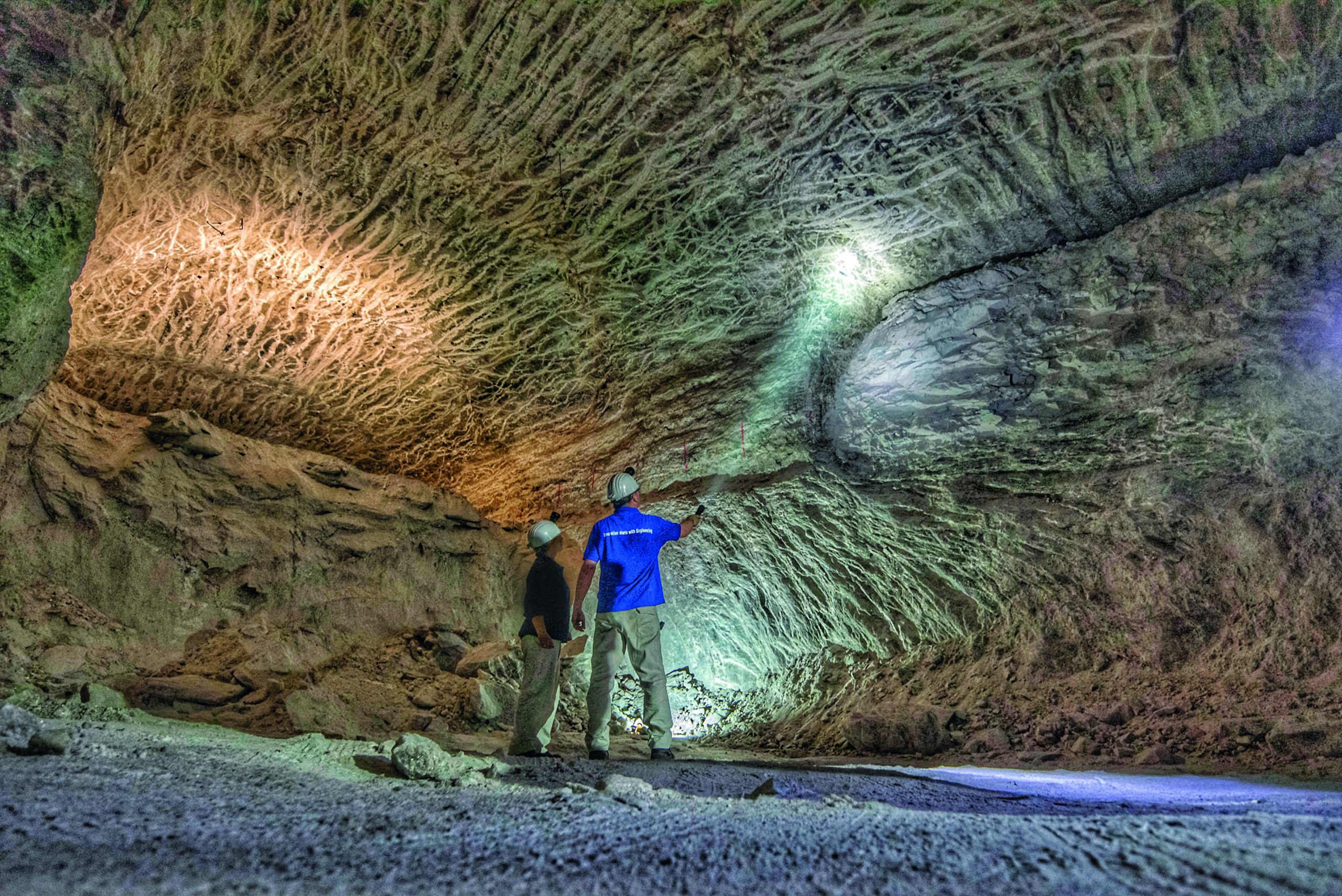Nitrogen+Syngas 396 Jul-Aug 2025

21 July 2025
Low emission ammonia bunkering
NH3 Clean Energy, Pilbara Ports Authority, and Oceania Marine Energy have established a Joint Development Agreement (JDA) in order to establish hydrogen-derived, low-emission ammonia bunkering operations at the Port of Dampier in Australia by 2030. Under the terms of the JDA, the partners will collaborate to deliver the necessary infrastructure, regulatory approvals, and commercial frameworks to support the refuelling of ammonia-powered bulk carriers exporting iron ore to Asia. Specifically, NH3 Clean Energy will continue to develop its WAH2 ammonia production project in Western Australia; this initiative has already completed pre-FEED and is targeting FEED entry by mid-2025. Oceania will develop and operate ammonia bunkering vessels, working with NH3 and Pilbara Ports to align their design and operations with port and fuel supply needs, while Pilbara Ports Authority will oversee planning, upgrades, and licensing to ensure safe ammonia bunkering and regulatory compliance. The agreement envisages a final investment decision by late 2026, with the commencement of ammonia bunkering in 2030. Up to 29 dual-fuel, ammonia-capable bulk carriers are already on order for delivery before 2030, according to the Ammonia Energy Association, designed to meet new IMO emissions rules from 2027.
With around 300 bulk carriers currently transporting iron ore from the Pilbara to Asia, just 16 ammonia-fuelled ships refuelling exclusively at Dampier would require 600,000 t/a of clean ammonia, the equivalent of more than 90% of NH3’s planned Phase 1 production from the WAH2 project.






